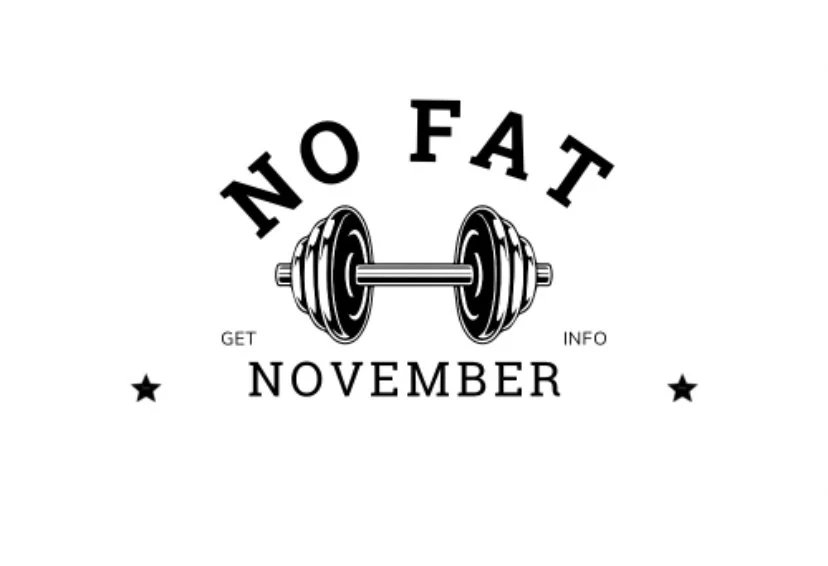Healthy Eating is important at any age, but particularly over 50 years old. Your blood pressure, cholesterol, body fat and scale weight may be key health areas commonly reviewed by your physician for your overall health. But what about your fiber intake?
Should I be eating more fiber? The USDA advised that women over 50 eat 21 grams a day and men eat 30 grams per day.
As you know, there are two types of fiber, soluble and insoluble fiber. Both of which are good for us.
Soluble fiber dissolves in water and is the type of fiber that helps lower cholesterol levels, reduce heart disease and regulate blood sugar levels. (examples: apples, bananas, berries, avocado, sweet potato, Brussels sprouts, carrots, onions, peaches, pears, peas, plums and potatoes).
Insoluble fiber is the form of fiber that passes through the digestive system, adding bulk to your stools and is helpful in removing waste from the body. (examples of insoluble fiber: bell peppers, broccoli, wheat bran, wheat flour, cauliflower, cabbage, corn and potatoes.
Believe it or not, the pear is one of the best fruit sources of fiber. A medium-sized pear packs about 5.5 grams of fiber.
Despite the health benefits, most people get less than half the suggested amounts of daily fiber. This is apparent in the trendy and popular very-low-carbohydrate diets like “the Keto Diet” or the Atkins Diet, which may intentionally eliminate fiber consumption. However, recent studies have shown that dietary fiber intake can reduce your risk of dying from cardiac disease, stroke, type 2 diabetes and/or colon cancer. The new research confirmed that consuming a large amount of fiber from vegetables, fruits and whole grains is instrumental in weight control as well as decreased risk of disease. In general, it is better to obtain your fiber from whole foods than from fiber supplements.
Healthy Meal with Medium Chicken Breast, Brown rice and Vegetables
For example: 1/4 cup of bran delivers 6 grams of insoluble fiber which is about 25 percent of your daily recommendations for 50+ individuals. So, perhaps you can start by sprinkling wheat bran over oatmeal or blending it into smoothies or casseroles. Replace your refined grains and white bread with whole-grain everything. Consider a cup of brown rice, has 3.5 grams, and a cup of barley delivers about 6 grams of mostly insoluble fiber.
As we get older, we tend to lose muscle mass. So, stop the “muscle mush” and double up on your protein intake. Weight training, yoga and resistance exercises may help keep you strong, but you need to supplement with an adequate amount of protein. The government recommends 0.8 grams of daily protein per kilogram of body weight. But that recommendation doesn't account for age. It's the same for a 50-year-old as it is for a 20-year-old. That’s why dietary experts encourage older people to increase their protein to a range of 1 gram to no more than 2 grams of protein per kilogram of body weight.
My suggestion is to plan on eating about 25 to 30 grams at each meal. For each meal, you could choose one of the following protein sources :a medium chicken breast or burger, a 5-ounce can of tuna mixed with mayo, 2 cups of cooked rice and beans, or a cup of low-fat cottage cheese). The idea is to ingest protein multiple times throughout the day for effective absorption.
Lastly, think more about your waistline number. A waist circumference of greater than 40 inches for men, or 35 inches for women, puts you at greater risk for disease. If you need to get or remain below those numbers, you may have to cut calories approximately 200 calories from your daily diet. Rather than concentrating on eating less, think about eating better, more fiber and more protein.








